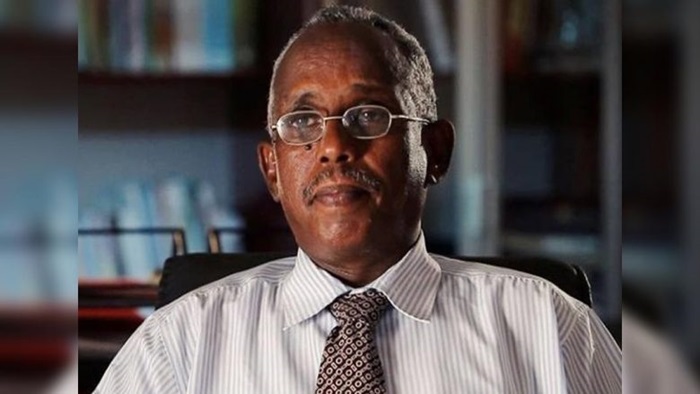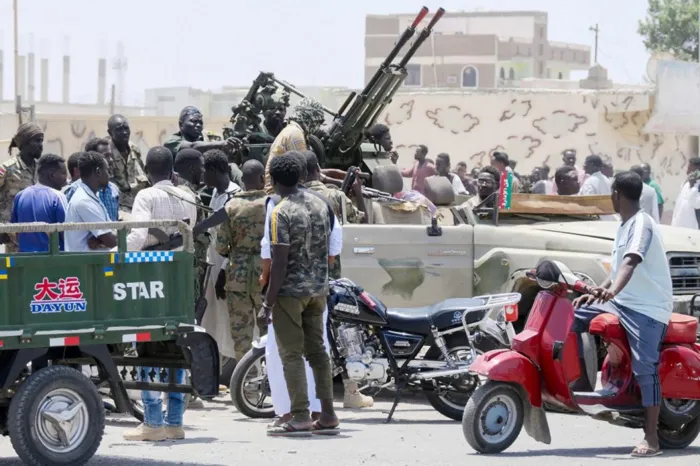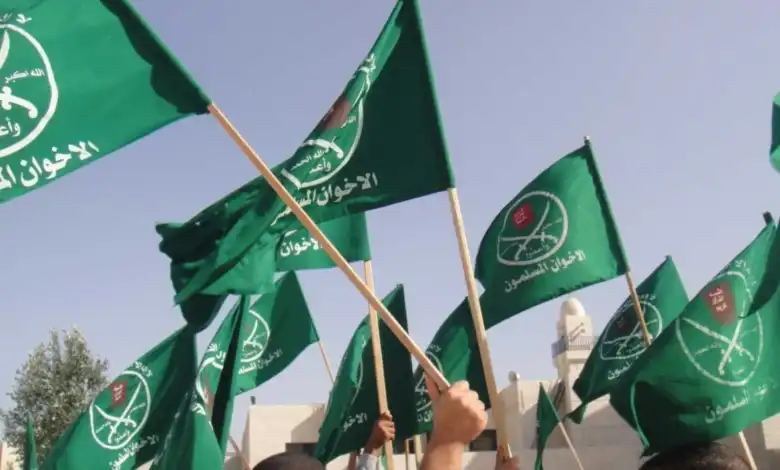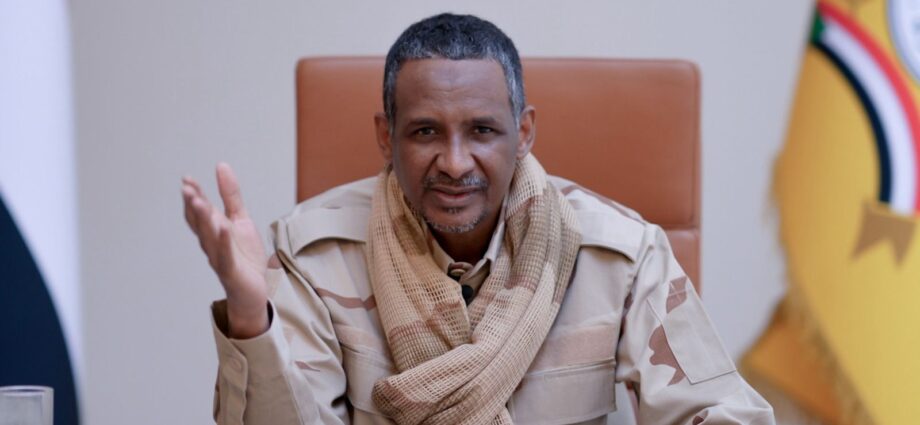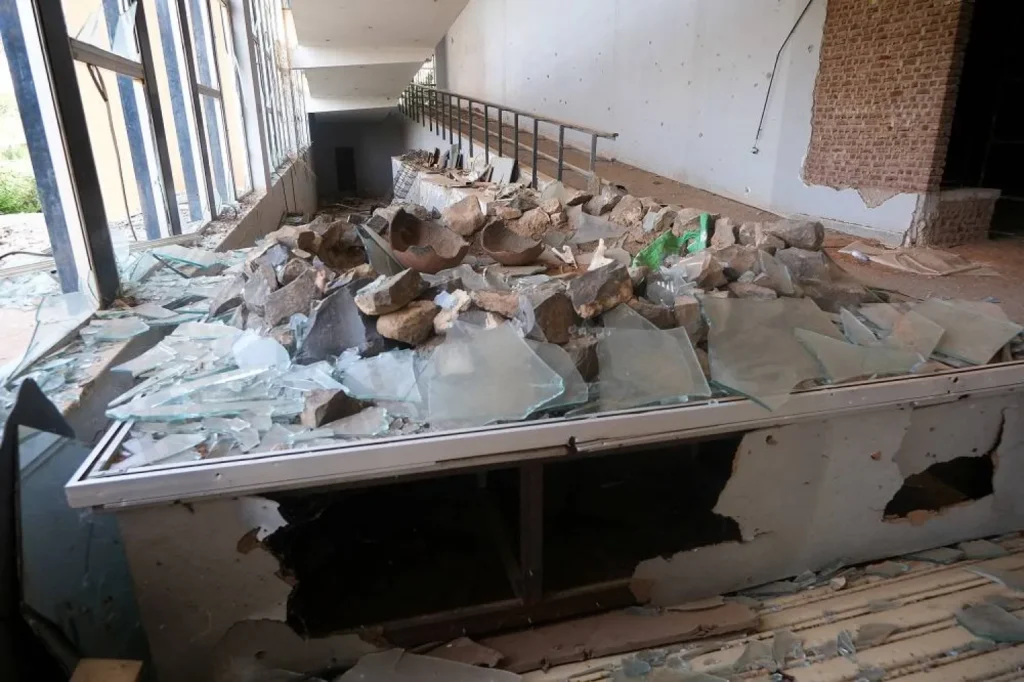
Shattered pottery, fractured statues, and broken glass now litter Sudan’s National Museum, a haunting reminder of war’s cultural devastation. Two years of conflict have killed tens of thousands, displaced millions, and scarred Khartoum, where heritage sites stand as casualties of relentless battles.
The army expelled the Rapid Support Forces this spring, yet the capital remains ravaged, with looters stealing history and smuggling it abroad. Preservationists cautiously returned, picking through debris, fighting to rescue fragments of memory from a museum battered by shells and human greed.
“The museum was extremely damaged. Many priceless artifacts were stolen. Every piece has a story,” said Rehab Kheder Al-Rasheed, surveying ruins. Officials report about 4,000 missing antiquities, including treasures looted in Darfur, where museum curators perished under shellfire while protecting Sudan’s cultural legacy.
Smugglers funnel artifacts across borders, echoing tragedies in Iraq, Syria, and Libya, where upheaval transformed ancient heritage into contraband for distant markets. Among the ruins lies the Buhen Temple, a 3,500-year-old monument built by Queen Hatshepsut, now scarred but still defiantly standing in Khartoum.
Restoration demands $100 million, a sum impossible for Sudan’s crippled economy, leaving preservationists battling against despair with “very, very limited resources.” The Republican Palace Museum, once a jewel, now holds only charred wreckage and shattered cars, its grandeur consumed by fire and ruin.
Foreign archaeological missions, once numbering 45, have halted entirely, leaving Sudan’s heritage exposed, vulnerable, and waiting for expertise that may never return. “We hope, God willing, the missions come back and continue their work,” Rasheed said, her words carrying both sorrow and stubborn hope.

